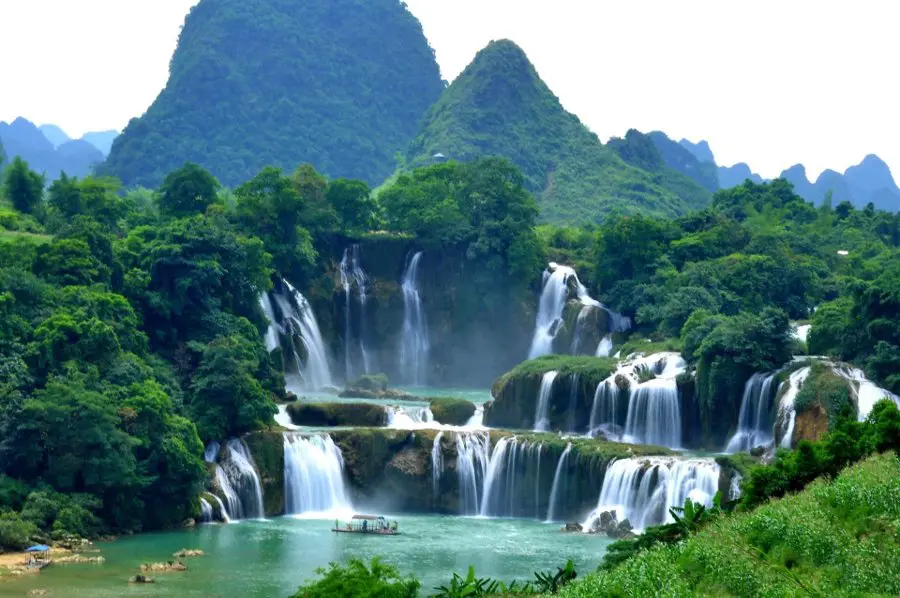
Southeast Asia continues to experience an unbroken streak of record-breaking heat, with June 2025 marking some of the hottest nights ever recorded in the region’s history. The relentless heat, coupled with extreme humidity, is creating stifling conditions that affect millions of people and ecosystems across this tropical zone.
A striking example is Catarman in the Philippines, where the minimum temperature last night soared to 26.6°C, setting a new record for the hottest June night in the town’s history. This oppressive nighttime warmth offers little relief from the daytime heat, intensifying heat stress and discomfort.
Marine heatwaves sweeping vast areas of the tropics have further intensified these conditions, leading to widespread stifling hot nights across Southeast Asia. Minimum temperatures have consistently exceeded 29°C to 30°C in major urban centers and island territories, including Singapore, Malaysia, Thailand, Vietnam, and Hong Kong — where the International Airport recorded a 29.0°C minimum recently.
Island groups in the South China Sea are also seeing exceptional heat records. The Spratly and Paracel Islands report soaring overnight temperatures, illustrating how marine and land environments alike are affected by this extreme warming.
One remarkable case is the city of Ca Mau in southern Vietnam, which just days after setting its hottest May night in history, broke its June record for the hottest night ever. Ca Mau’s new all-time highest minimum temperature stands at an astonishing 30.3°C — a level rarely seen anywhere on Earth during nighttime hours.
Other tropical locations records include Nansha Dao (Spratly Islands, Taiwan) with a minimum temperature of 29.5°C, Xisha Dao (Paracel Islands, China) at 29.3°C and Dongfang in Hainan, China, where the minimum temperature hit 30.2°C
These unprecedented high minimum temperatures not only highlight the severity of the ongoing heatwave but also underscore the growing impact of global climate change on tropical regions. Persistent marine heatwaves, coupled with atmospheric conditions, are pushing temperatures beyond historical extremes, posing significant risks to health, agriculture, and biodiversity across Southeast Asia.

Illustration picture: https://theasiacollective.com/most-beautiful-waterfalls-in-sea/


























